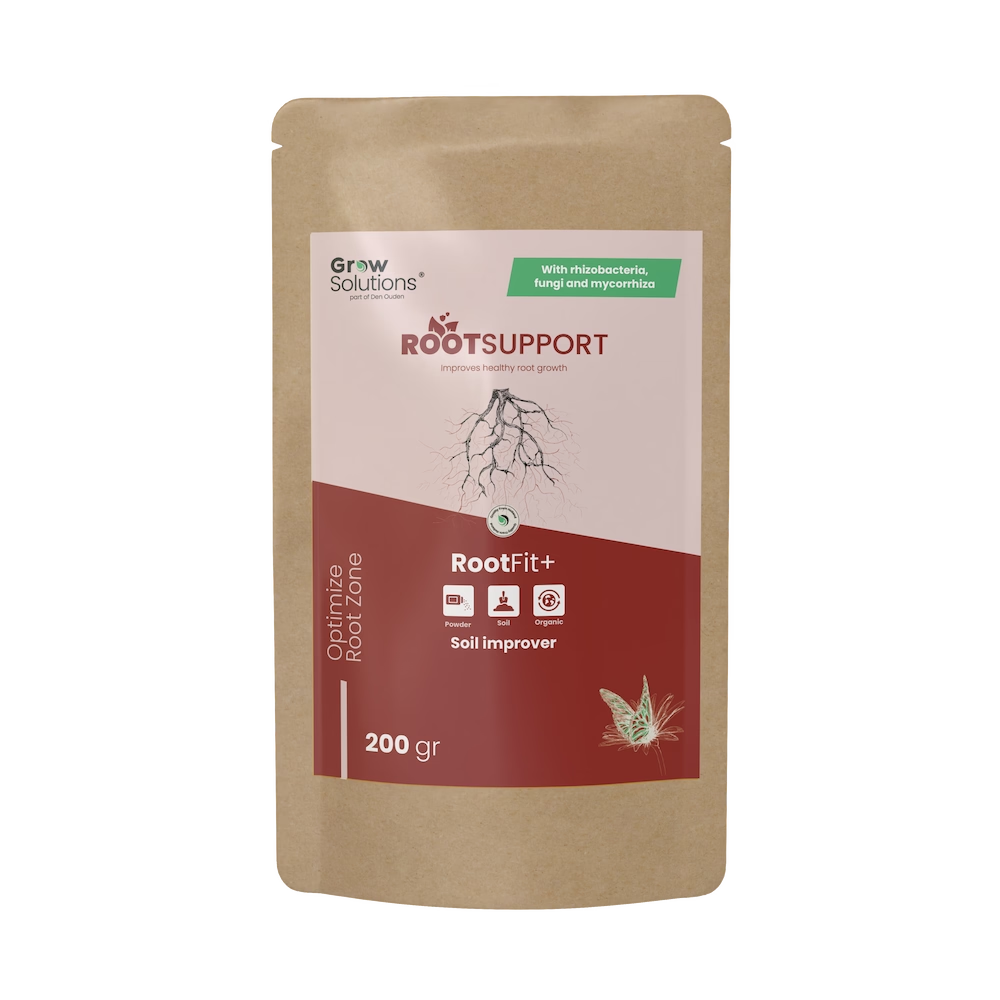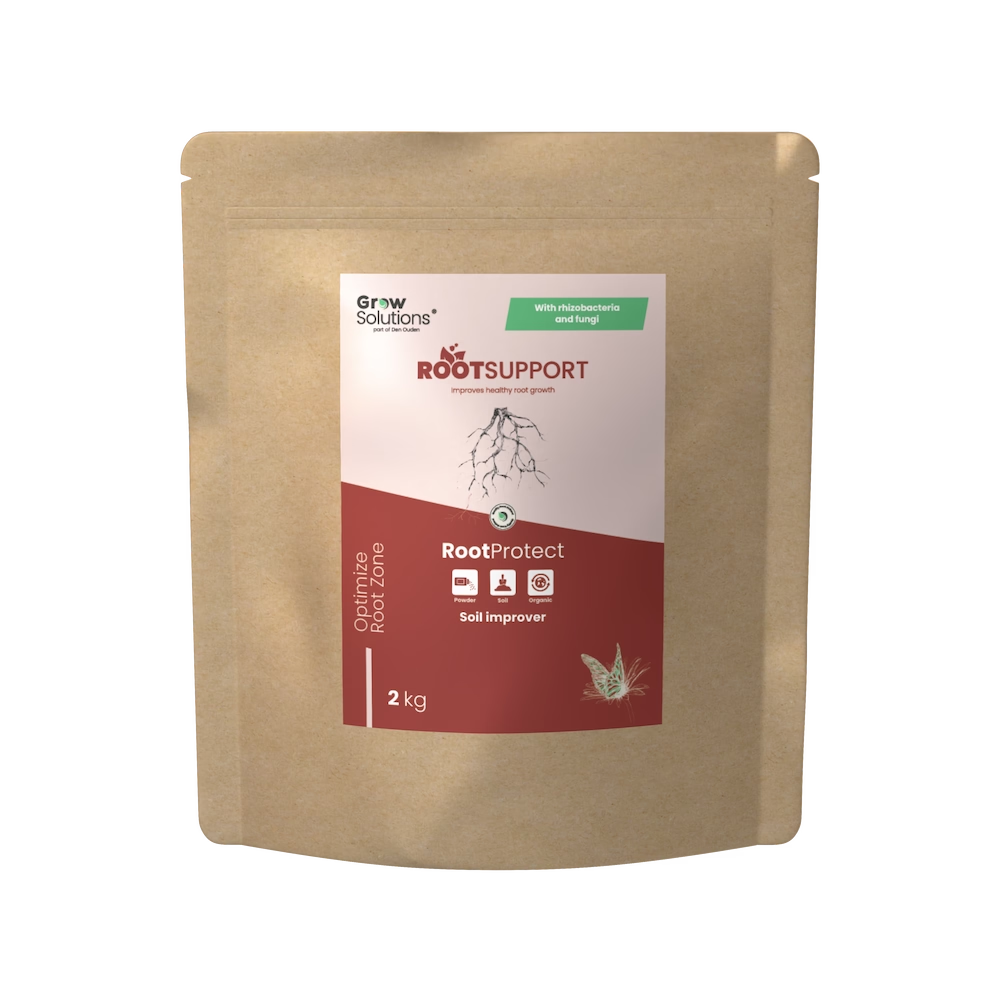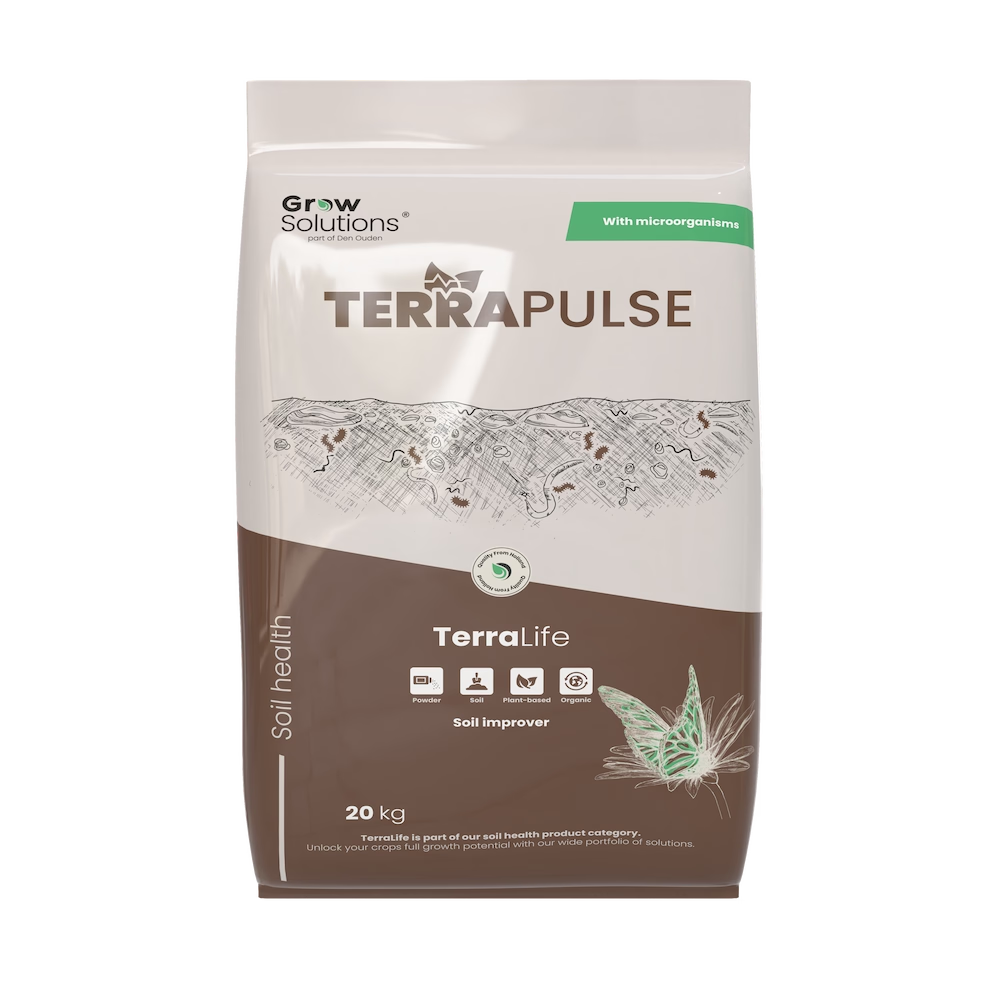Ingredients and Fertilizers
Ingredients |
|---|
|
(Rhizo) bacteria
Rhizobacteria are important to plants because they have beneficial interactions with plant roots. These bacteria can produce useful substances, such as growth-promoting hormones and antibiotics, which promote plant growth and protect against pathogens. In addition, rhizobacteria help improve plant nutrient uptake, such as nitrogen fixation, which is essential for plant health and development. |
|
Ectomycorrhiza
In colonising ecotmycorrhiza, fungal threads surround the outside of plant roots and form a protective mantle, without invading the cell walls. This symbiosis is often found on trees, especially conifers, oaks, beeches and some deciduous trees. The role of ectomycorrhiza includes the uptake of nutrients, especially nitrogen and phosphorus, and also provides protection against harmful soil microbes. Examples of ectomycorrhizal fungi include boletes, truffles and Amanita species. This unique symbiotic interaction contributes to tree vitality by improving nutrient uptake. |
|
Endomycorrhiza
Endomycorrhiza is a form of mycorrhiza that involves close cooperation between fungi and plant roots. In this symbiotic relationship, fungal threads, known as hyphae, invade the cells of plant roots, creating a direct and intimate connection. This type of mycorrhiza occurs in a wide range of plants, from agricultural crops to wild-growing plant species. Importantly, endomycorrhiza helps the plant increase its root surface area, which in turn results in improved nutrient uptake, especially phosphorus. Examples of endomycorrhizal fungi include Glomus and Rhizophagus. This collaboration optimises plant health by improving nutrient uptake and contributes to their well-being in various environmental conditions. |
|
Fulvic/humic acids
The synergy of humic acids that bind nutrients and fulvic acids that release and transport them to the plant's roots is essential. This process ensures that nutrients are retained in the soil longer, making it easier for the plant to absorb them. Fulvic acid, which acts as a facilitator, significantly improves the uptake of all solid nutrients in the soil and releases phosphates and iron directly to the plant. |
|
Fungi
Fungi perform important functions for plants, including breaking down organic matter in the soil, making nutrients available to plants. Certain fungi also have antagonistic properties against harmful pathogens, helping to protect plants from disease. Overall, fungi play a crucial role in promoting a healthy soil ecosystem, thus supporting the overall growth and health of plants. |
|
Mycorrhiza
Mycorrhiza, a symbiotic relationship between plant roots and fungi, significantly improves plant nutrient uptake, increases disease resistance, promotes drought tolerance, improves soil structure and contributes to overall growth and development. This collaboration optimises plant health and performance in various conditions. |
|
Seaweed extract
Seaweed extract, derived from seaweed, is used in agriculture as a biostimulant. It contains plant growth hormones, trace elements and other bioactive compounds. This extract promotes seed germination, root development and increases resistance to stress, resulting in improved crop growth and yield. It serves as a natural and sustainable support for plant health and productivity. |








